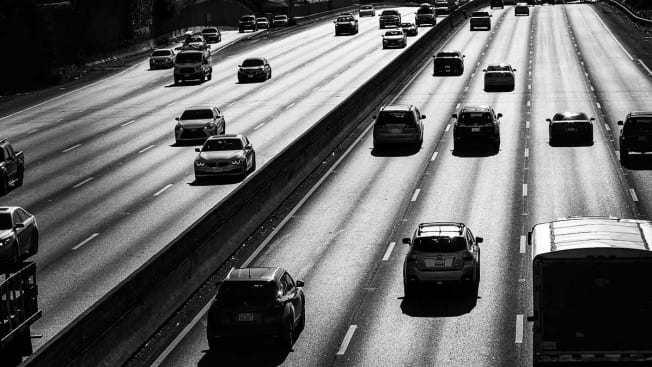Not surprisingly, people who got their loans through auto finance lenders and buy-here, pay-here dealers—mom-and-pop independent dealers unaffiliated with automakers that usually sell used cars—were also more likely to have trouble keeping up with their payments. About a quarter to 40 percent of those borrowers would likely become delinquent within 60 days of the loan, the agency found. That compares with rates of 15 percent for people who got loans through banks and credit unions.
The CFPB also found that the higher rate of default among people who got loans at buy-here, pay-here dealers was not because they posed a higher risk than other borrowers but simply because they were charged higher interest rates. After controlling for multiple variables, the agency estimated that an average borrower with a credit score of at least 560 posed the same default risk whether they received a loan from a bank or a buy-here, pay-here dealer. And yet, the CFPB report says, their estimated interest rate would be 13 percent with a loan from the buy-here, pay-here dealer, compared with 9 percent from a bank.
“It’s completely understandable that lenders want to charge higher rates to riskier customers, but this report shows some subprime borrowers are charged way more than others,” says Chuck Bell, a financial policy advocate at Consumer Reports. “And If you charge too steep of an interest rate, you actually drive borrowers into default, which is a terrible outcome for them and the economy as a whole.”
The agency stressed that because its analysis only observes correlations and does not establish causality, subprime borrowers wouldn’t necessarily save money if they went to a bank.
But the findings complement a new investigation by Consumer Reports into auto lending, which found that consumers across the credit scoring spectrum can receive a wide range of annual percentage rates on loans. In some cases, borrowers with similar backgrounds got wildly different rates from the same lender.
The CFPB offers a few explanations that could explain the disparity of interest rates. For example, the data analyzed in the report did not include some variables that could skew the results, such as the borrowers’ down payments. Dealers and lenders may be taking advantage of less sophisticated buyers who don’t know they could shop around and potentially get a better deal elsewhere.
Moreover, auto loan prices are not standardized, and consumers often don’t know all the offers available to them. Consumers can try to obtain information on offers that similar borrowers have received by shopping around, the CFPB says, “but these options can be difficult and time-consuming and provide only an incomplete picture of the best loan offers a specific consumer could qualify for.”
Experts recommend obtaining financing for a loan from a bank or credit union, if possible, before going to buy a car. And if you have to go through a dealership, remember you can negotiate not just the total price of the car but also the financial terms of the loan offer.
The CFPB, in the study, wrote that its findings and limitations should spur more researchers on auto loan borrower objectives, shopping behavior, and how that influences loan outcomes.
But little auto loan data is made public to study. CR’s recent investigation relied on granular data made public, by law, from lenders who bundle and sell loans to investors as bonds—one of the only sources readily available for independent researchers to scrutinize.
“As we recover from the COVID-19 pandemic,” Bell says, “state and federal policymakers should be helping subprime borrowers to get safe loans at the best, most competitive interest rates available, so they can successfully make the payments and keep their vehicles.”

















